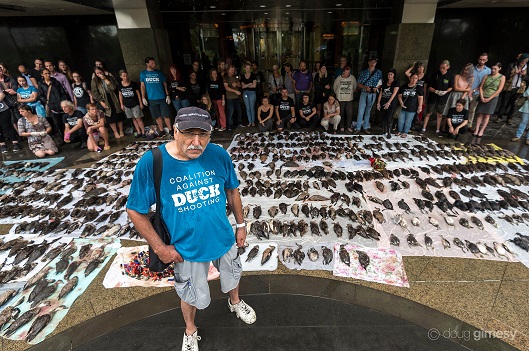The Coalition Against Duck Shooting’s rescuers are the front-line fighters who volunteer to protect Australia’s native waterbirds and stop the unnecessary recreational cruelty and violence sanctioned by governments for shooters.
Everyone involved in the Coalition Against Duck Shooting is a volunteer. There is no paid staff. Rescuers come from all walks of life but are united in their desire to stop the injustice and shocking cruelty that our native waterbirds are forced to endure purely for the fun and recreation of just 0.2% of Victoria’s duck shooting population.
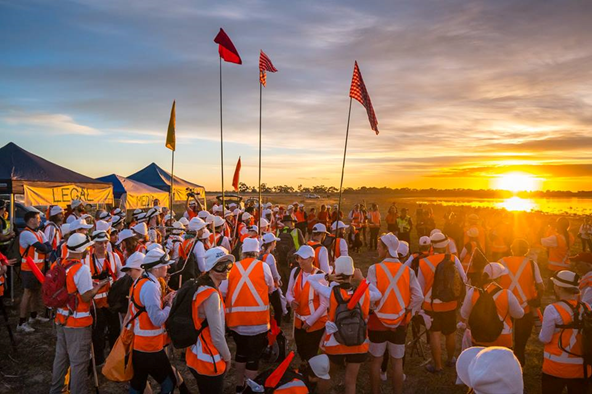
Since 1986, thousands of volunteers from around the country and from overseas, have donated their time and money to help protect and rescue Australian native waterbirds. The government never provides any assistance for wounded birds.
CADS sees itself as similar to the Red Cross. Rescuers go into war zones and bring out the dead and wounded birds. This is dangerous and not for the faint hearted.
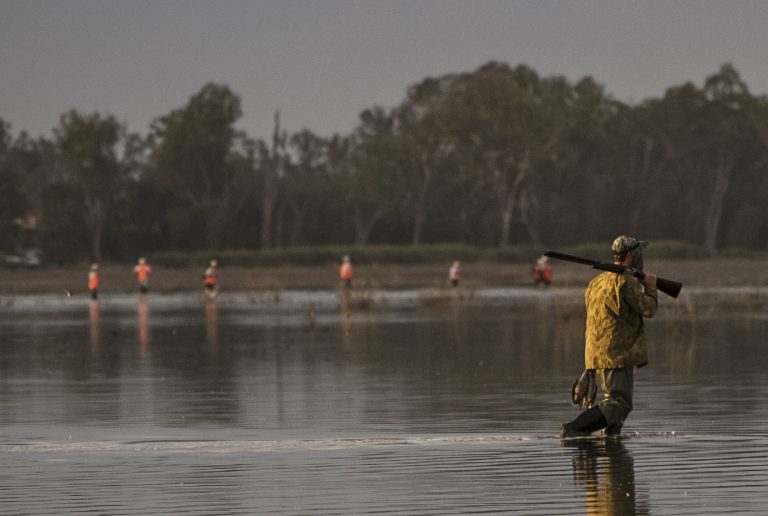
Rescuers feel empathy for the birds whereas duck shooters see them purely as flying targets and have no empathy for the birds whatsoever. Seeing callous shooters brutalising our defenceless birds and often cheering as they fall helplessly to their deaths generates a whole range of emotions. It can be a painfully traumatising experience, but at the end rescuers know they have done everything they possibly can to help our innocent native birds.
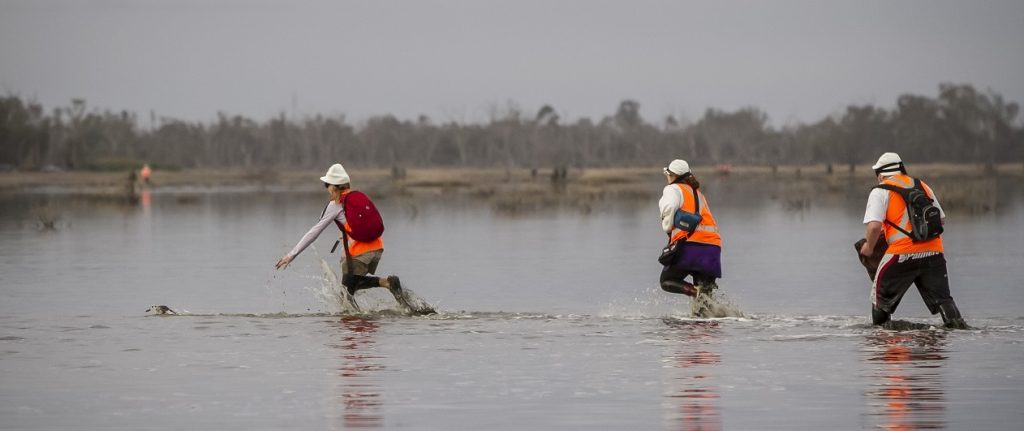
To be involved in the campaign to end recreational duck shooting, you must first join our database.
You will then receive our updates and newsletters and our annual calls for rescuers to register for duck rescue prior to the commencement of each duck shooting season.
Registration involves reading the current years’ information, agreeing to an indemnity statement and providing your details such as if you want to go into the water; stay on shore; help at the caravan park; if you have first aid or medical training; are a vet or vet nurse; a kayaker, etc. etc.
All new rescuers must attend the annual information session which in recent years has been held online via Zoom, but we also recommend that experienced rescuers attend. This session provides an overview of the dangers, what to expect, the regulations, how to behave, and so on.
At the opening of the duck shooting season, some volunteers might help hand out the equipment to rescuers as they arrive at the caravan park the afternoon before the action (we lend all rescuers a fluoro vest, white hat, ballistic goggles for eye protection, a whistle and flag). Or they might show newly arrived rescuers to their shared cabin or tent area. Others like to help provide snacks at the wetlands or to mark off rescuers as they come out of the water. There are many different jobs for volunteers.
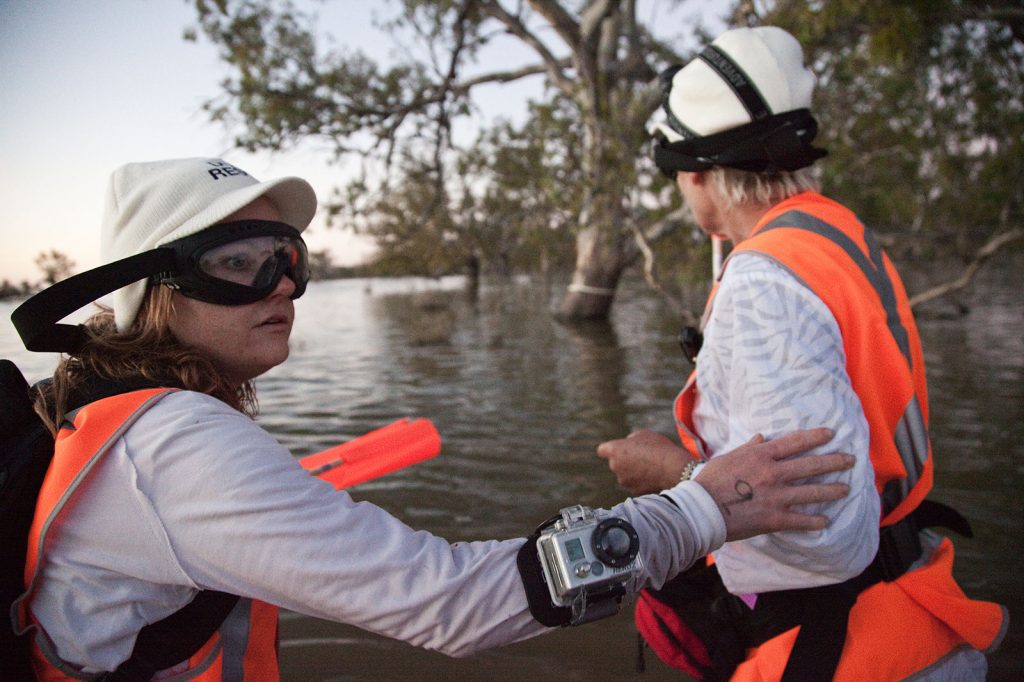
Early in the morning, the duck rescue convoy slowly drives to the wetlands where they set up a base marquee. Then the rescue teams set off, usually prior to the commencement of shooting
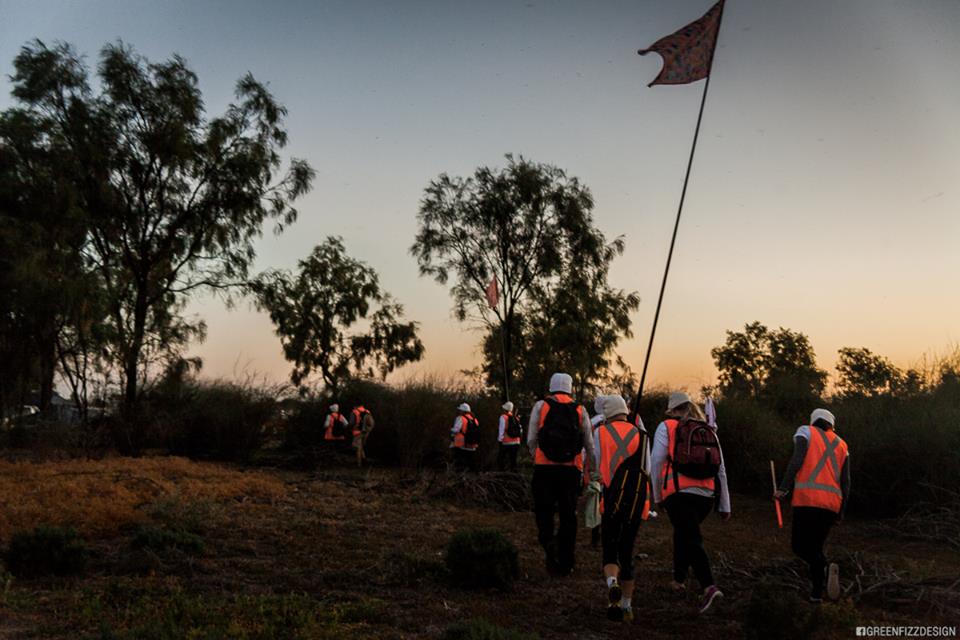
The rescuers’ job is to help the birds and warn them away from the shooters’ guns, take photos of illegal shooter behaviour, collect the dead birds illegally left behind by shooters and recover the wounded birds that shooters illegally leave to suffer.
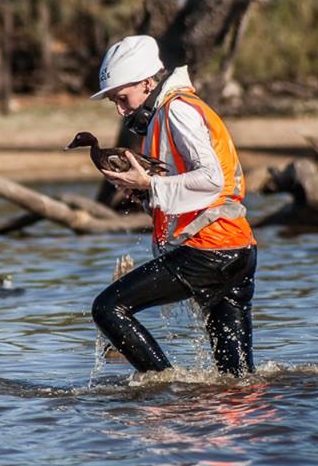
Wounded birds are rushed to the Wildlife Victoria mobile veterinary clinic where they are x-rayed and receive veterinary treatment.
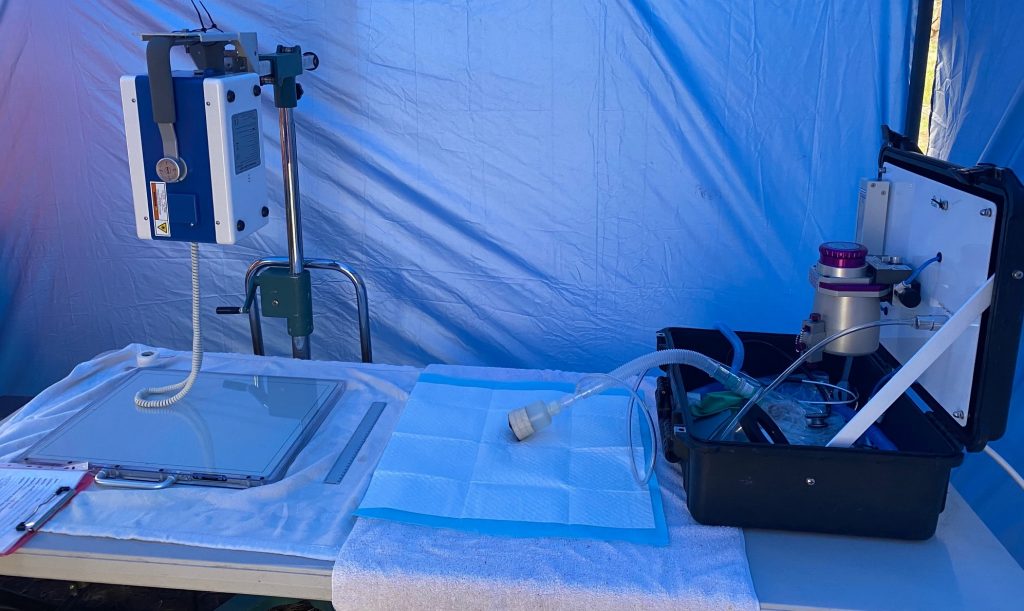
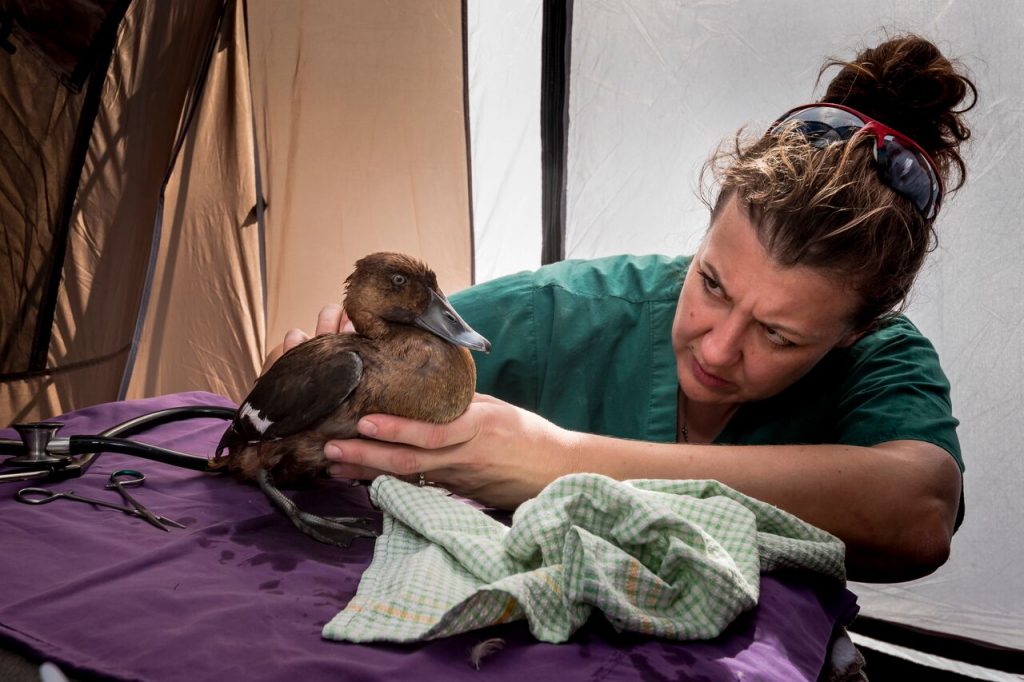
Birds requiring rehabilitation are transported to Melbourne Zoo, Healesville Sanctuary or to a wildlife carer.
Sadly, not all birds survive but thankfully the others aren’t left to suffer for days or weeks before painful, drawn-out deaths, and it is a joyous occasion when the lucky ones are released back to the wild.
Note: The Blue-winged Shoveler was finally classified as ‘vulnerable’ under the Victorian Flora and Fauna Guarantee Act 1988 – Threatened List, Oct. 2021, and is now fully protected.
Because politicians won’t come to the wetlands to witness the atrocities they sanction, following the opening of the duck shooting season, the dead birds recovered by rescuers are displayed outside the Premier’s office at 1 Treasury Place, Melbourne.
